- DroidAfrica
- Lava
- Benco V7
Benco V7
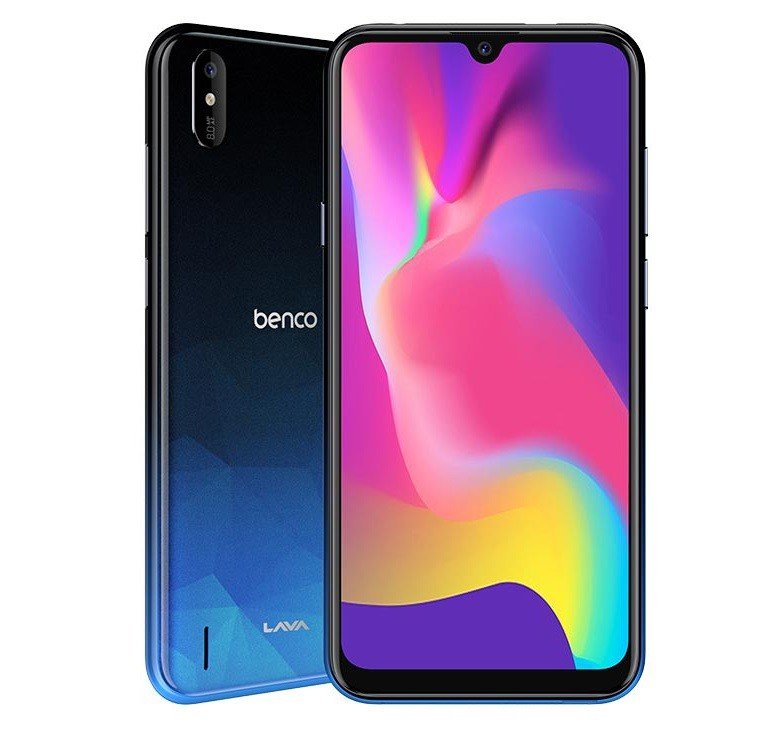
Benco V7 Highlights and Overview
Benco V7 is the second smartphone launched by Lava Mobiles in Nepal. The device comes with a 6.1-inch HD+ display, with 720 x 1520 pixels resolutions. It has a dewdrop notch overhead housing the selfie camera.
Spec wise, the Lava Benco V7 is powered by a 1.3GHz Quad-core Spreadtrum SC7731E along with ARM Mali T820 MP1. This is same CPU used in the smaller Benco Iris 59, but this come accompanied with a 2GB of RAM and a 16GB internal storage, expandable up to 64 GB via microSD card.
The device comes with a single 8 MP Main camera at the back, along with a single LED flash. Upfront, there yet another single 5-megapixel selfie sensor with support for AI faceID and face beautification.
Sadly, the device does not come with fingerprint scanner, but comes support for dual 3G SIMs, and available in Aurora black, Rock red, Olive green and Maple red colors. Interestingly, it is powered by a large 4000mAh and runs Google Android 9.0 (Pie) out of the box. The full specifications and silent features of Benco V7 are detailed in the specs table below.
Benco V7 Full Specifications and Features
NETWORK
| Technology | GSM / HSPA |
| 2G Network Bands | GSM 850 / 900 / 1800 / 1900 - SIM 1 & SIM 2 |
| 3G Network Bands | HSDPA 850 / 900 / 1800 / 1900 / 2100 |
| 4G Network Bands | No support for 4G LTE network |
| Speed | HSPA 42.2/5.76 Mbps, LTE Cat4 150/50 Mbps |
LAUNCH
| Also Known As |
- - |
BODY
| Dimensions | 155.3 x 73.7 x 9.9 mm |
| Weight | 183 grams |
| Build | Plastic |
| SIM Type | Dual SIM (Nano-SIM, dual stand-by) |
DISPLAY
| Display Type | IPS LCD capacitive touchscreen, 16M colors |
| Size | 6.1 inches, 68.9 cm2 (~81.2% screen-to-body ratio) |
| Resolution | 720 x 1520 pixels, 19.5:9 ratio (~282 ppi density) |
PLATFORM
| Operating System | Android 9.0 (Pie) |
| Chipset | UniSoC Spreadtrum SC7731E (32nm) |
| CPU | Quad-core 1.3 GHz Cortex-A7 (32nm) |
| GPU | ARM Mali T820 MP1 |
MEMORY
| RAM + ROM | 2 GB |
| Card Slot | Yes, up to 32 GB via microSD card |
MAIN CAMERA
| Camera Type | Single Lens |
| Camera Sensor(s) | 8 MP main camera |
| Camera Features |
Autofocus Continuous shooting Digital zoom Geotagging Panorama HDR Touch focus Face detection White balance settings Flash type - Single LED 5-element lens |
| Video Resolution | 1080p@30fps |
SELFIE CAMERA
| Camera Type | Single Lens |
| Camera Sensor(s) | 5-megapixel |
| Camera Features |
Face Unlock Face Beauty HDR |
| Video Resolution | 720p |
SOUND
| Loudspeaker | Yes |
| Speaker Location | Placed at the back of the phone |
| Audio Jack Type | Yes, 3.5mm audio jack |
CONNECTIVITY
| Bluetooth | Bluetooth 4.0 |
| NFC | |
| GPS | Yes |
| FM Radio | Yes |
BATTERY
| Battery Capacity | Non-removable Li-Ion 4000 mAh battery |
| Wireless Charging | No |
| Talk Time Talk Time is the longest time that a single battery charge will last when you are constantly talking on the phone under perfect conditions, Ambient temperature and highly dependent on the cellular network environment such as the distance to the closest cell network tower. | Up to 23 hours |
| Stand-by | Up to 360 hours |
OTHER FEATURES
| Sensors | Fingerprint (side-mounted), accelerometer, proximity, compass |
| Box Contents | Charging Brick / USB cable |
Benco V7 User Reviews and Opinions
Disclaimer Note
This specification was entered manually, hence we CANNOT guarantee 100% accuracy. Any error? Let us know in the comment section.






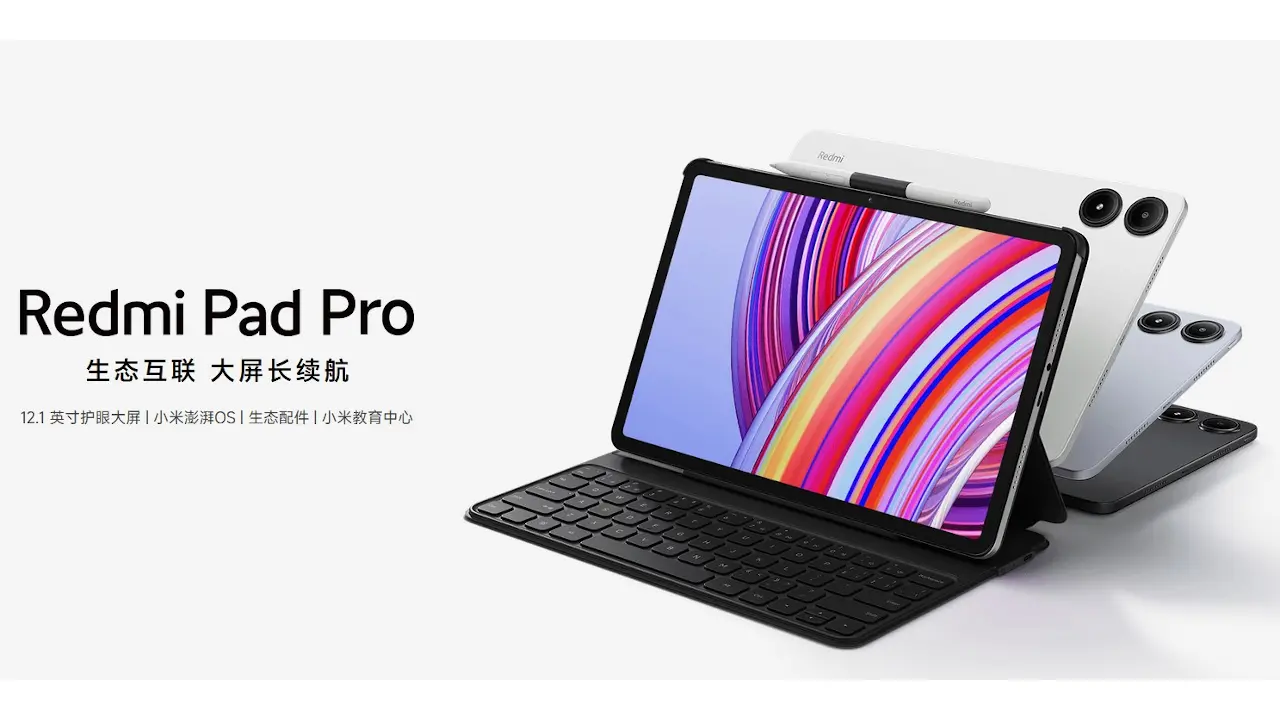
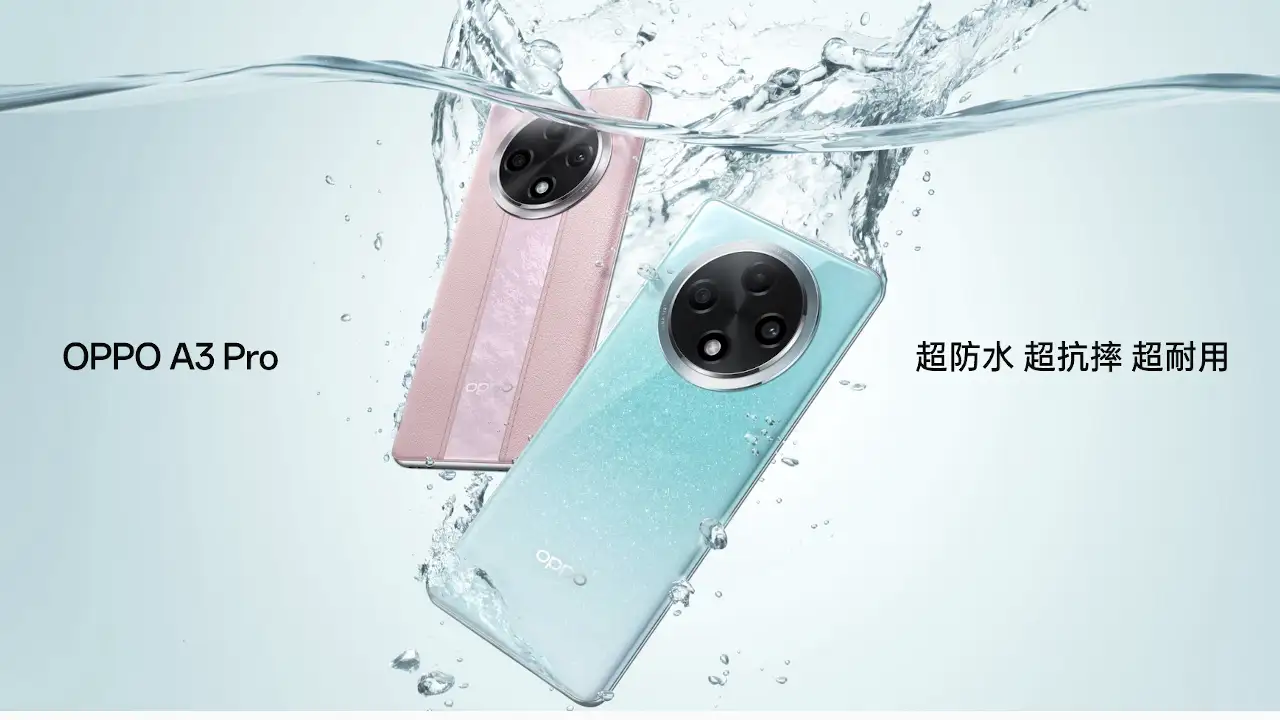

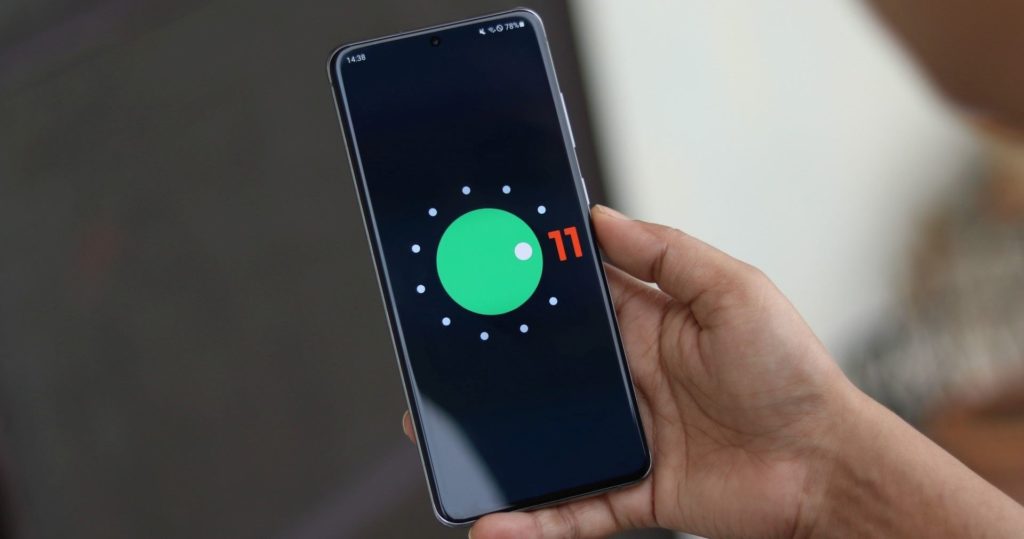
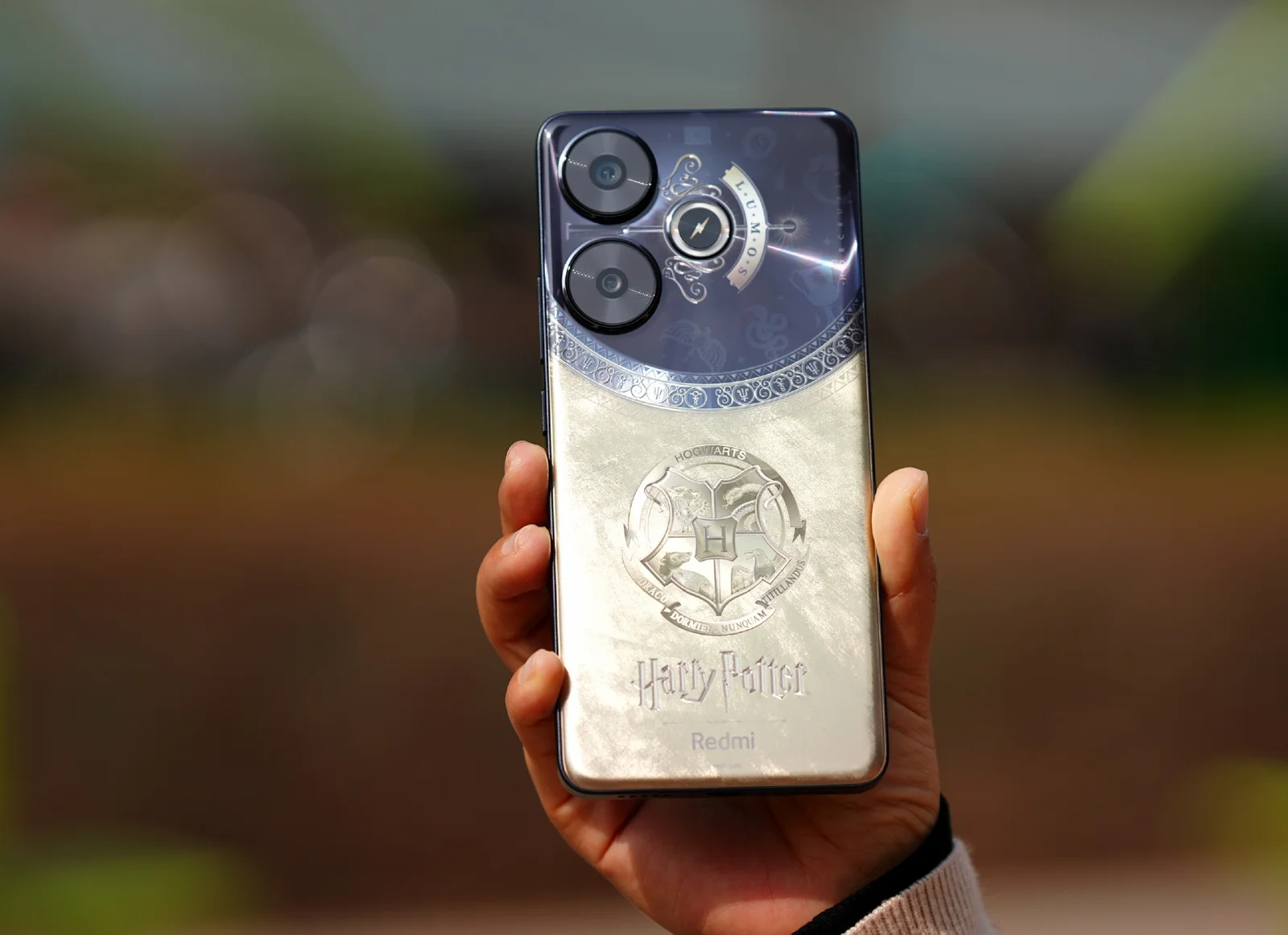
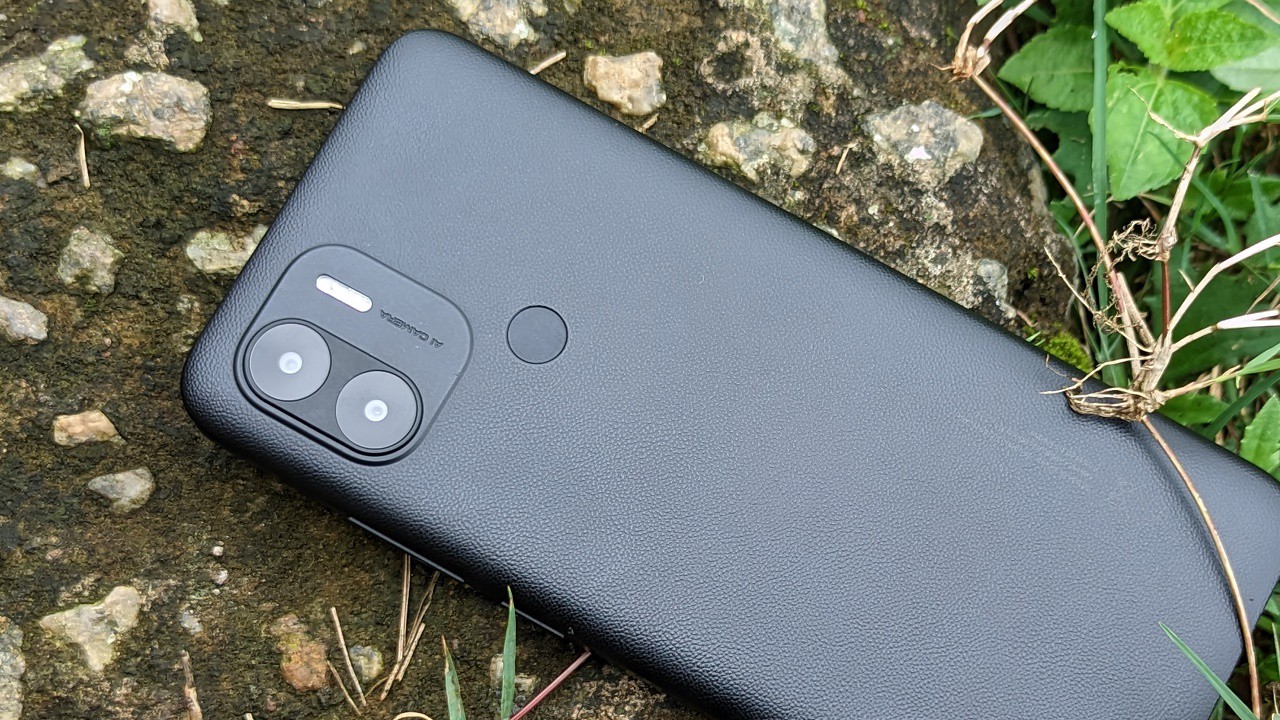
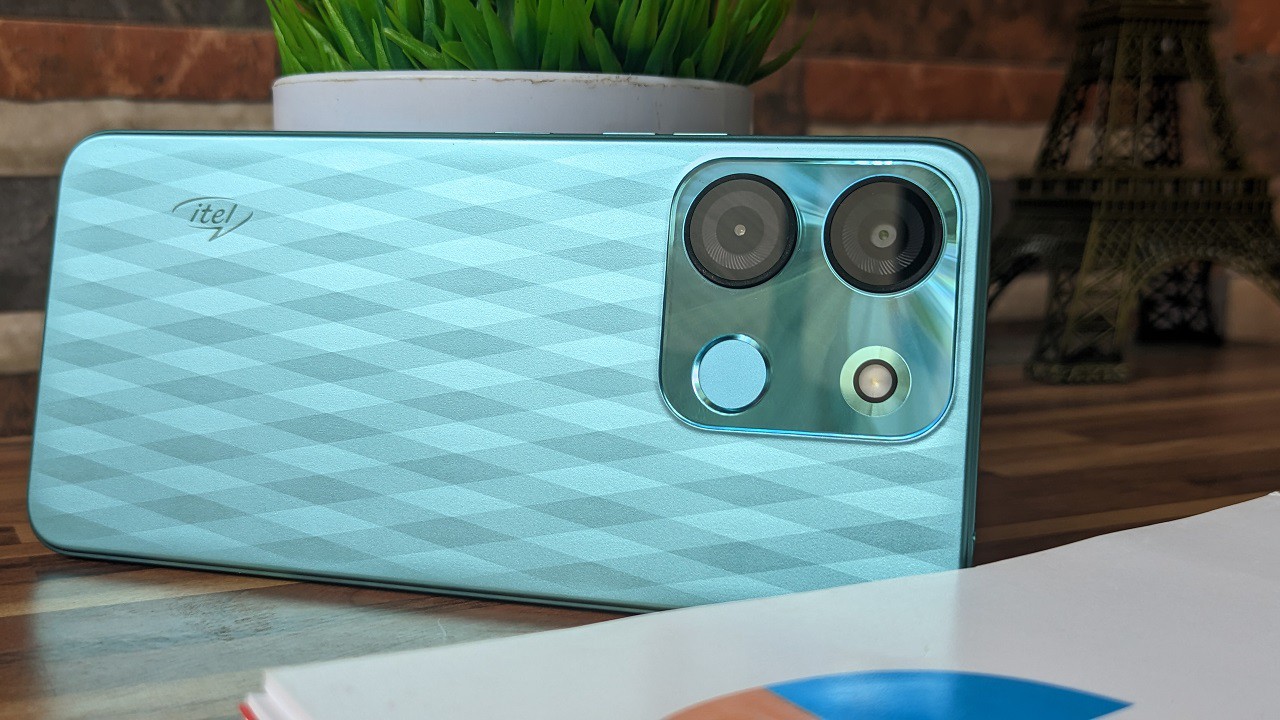
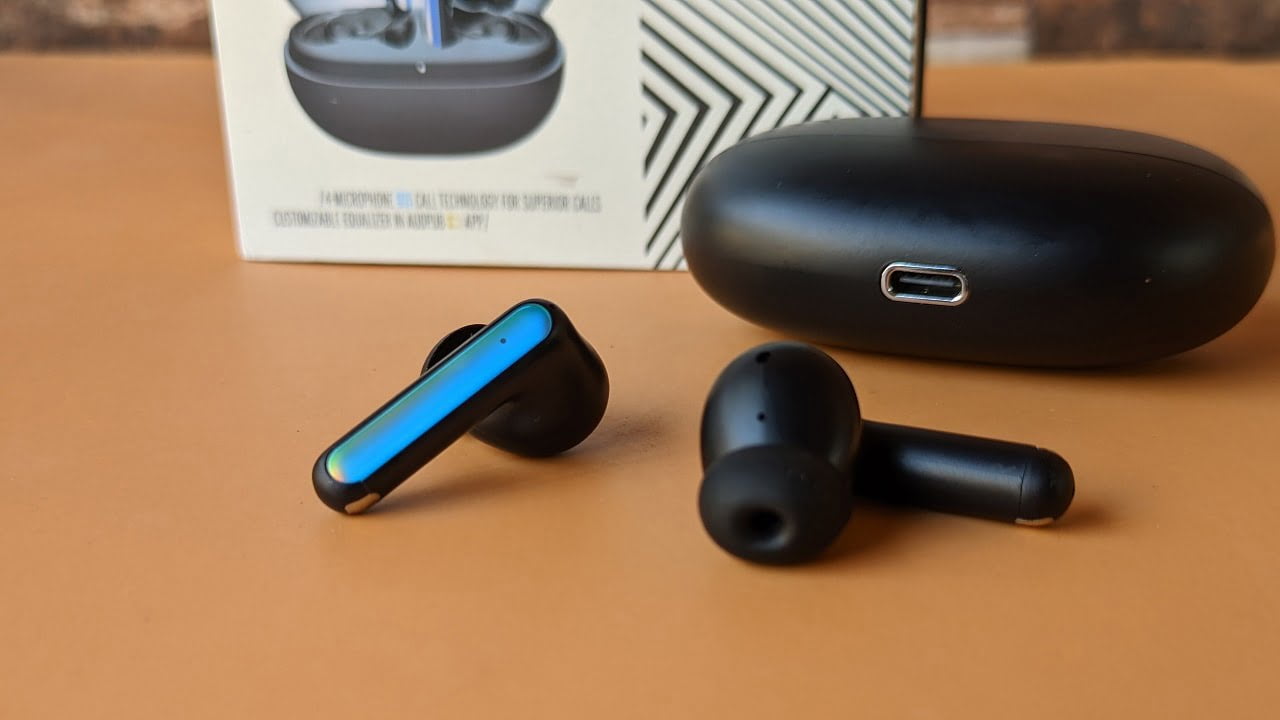
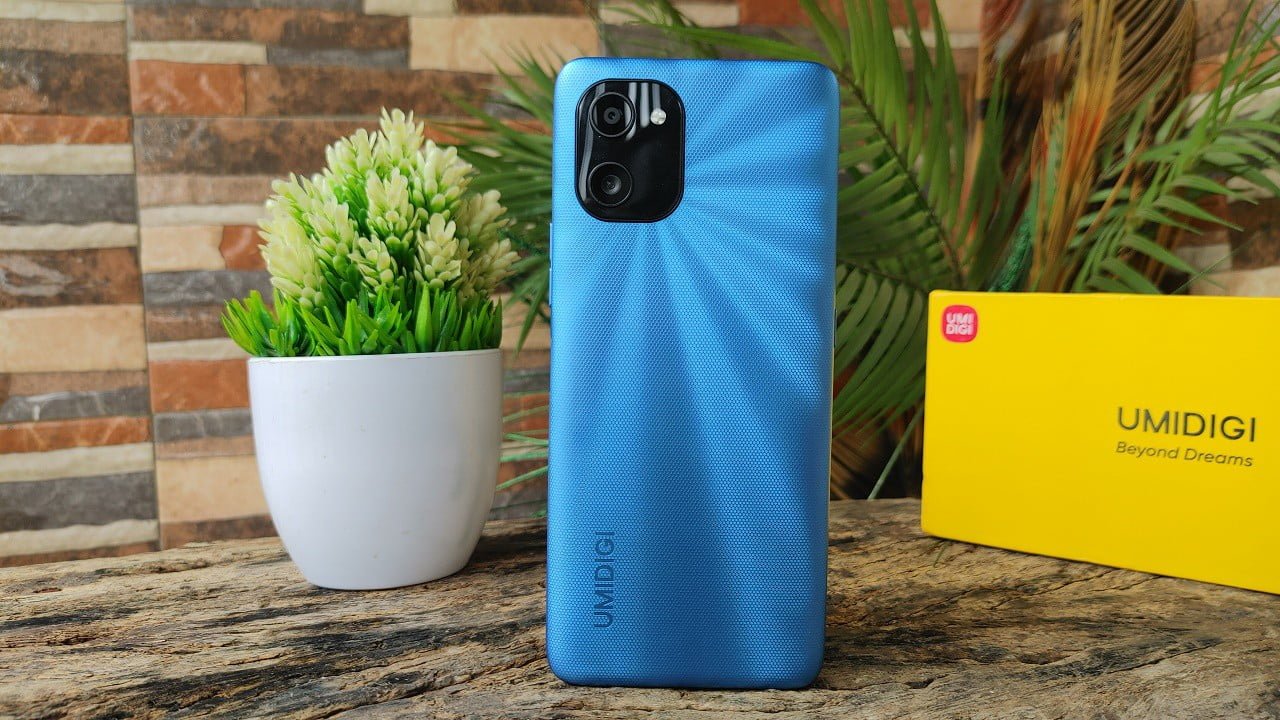
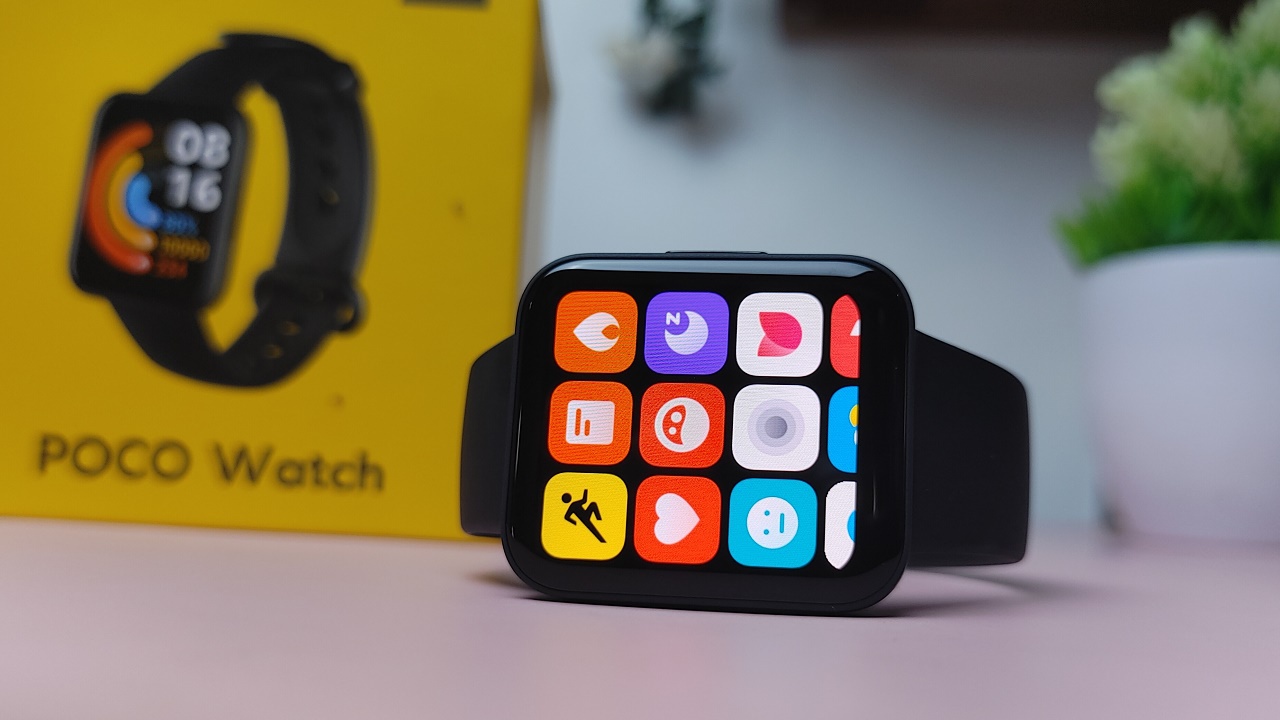
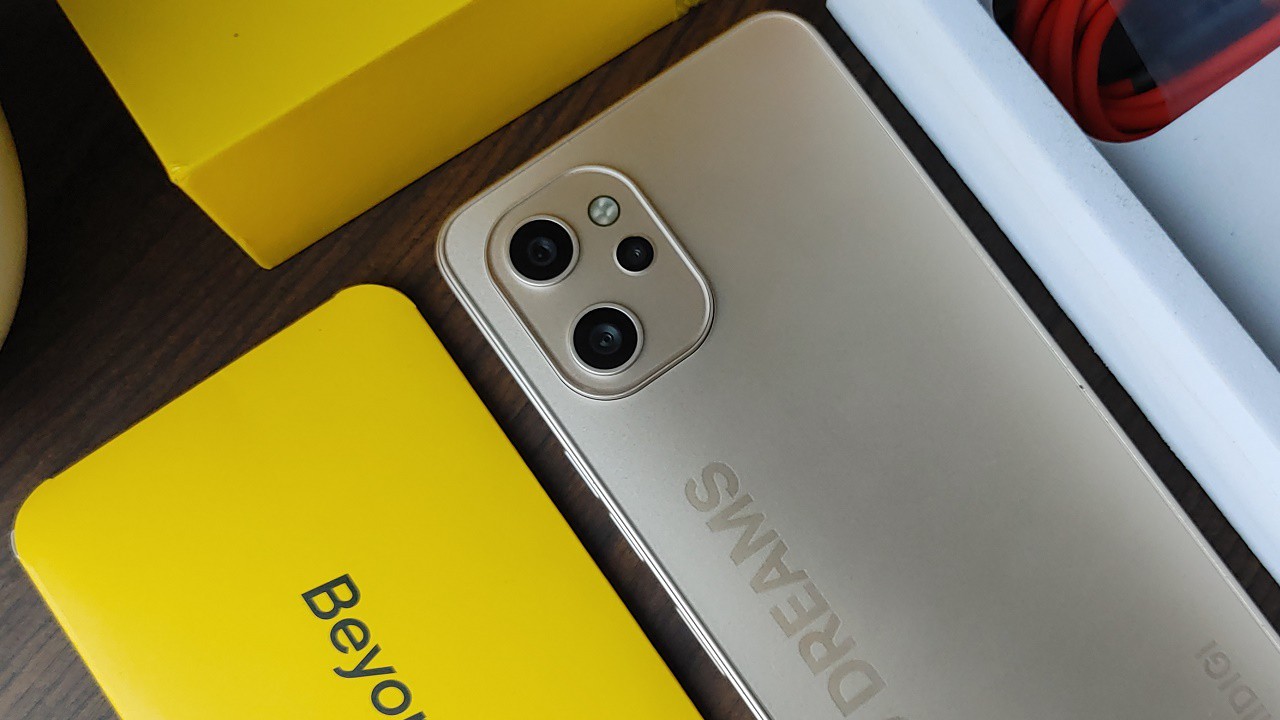
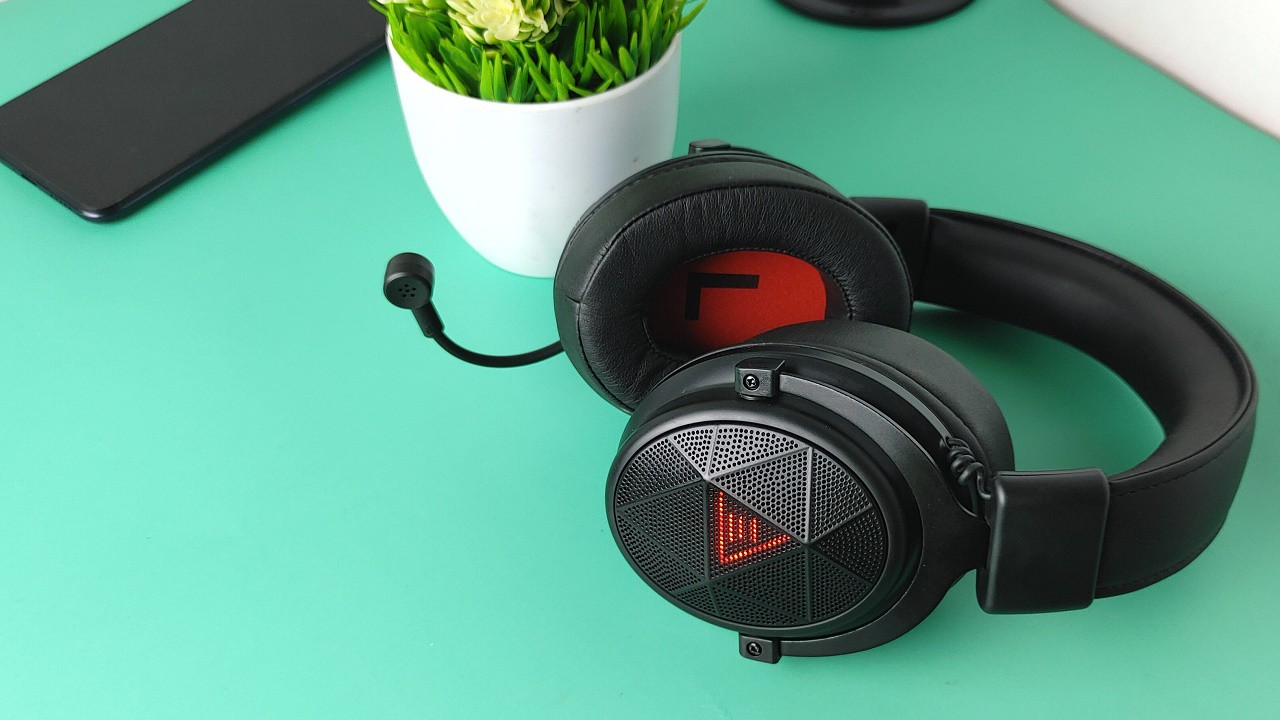

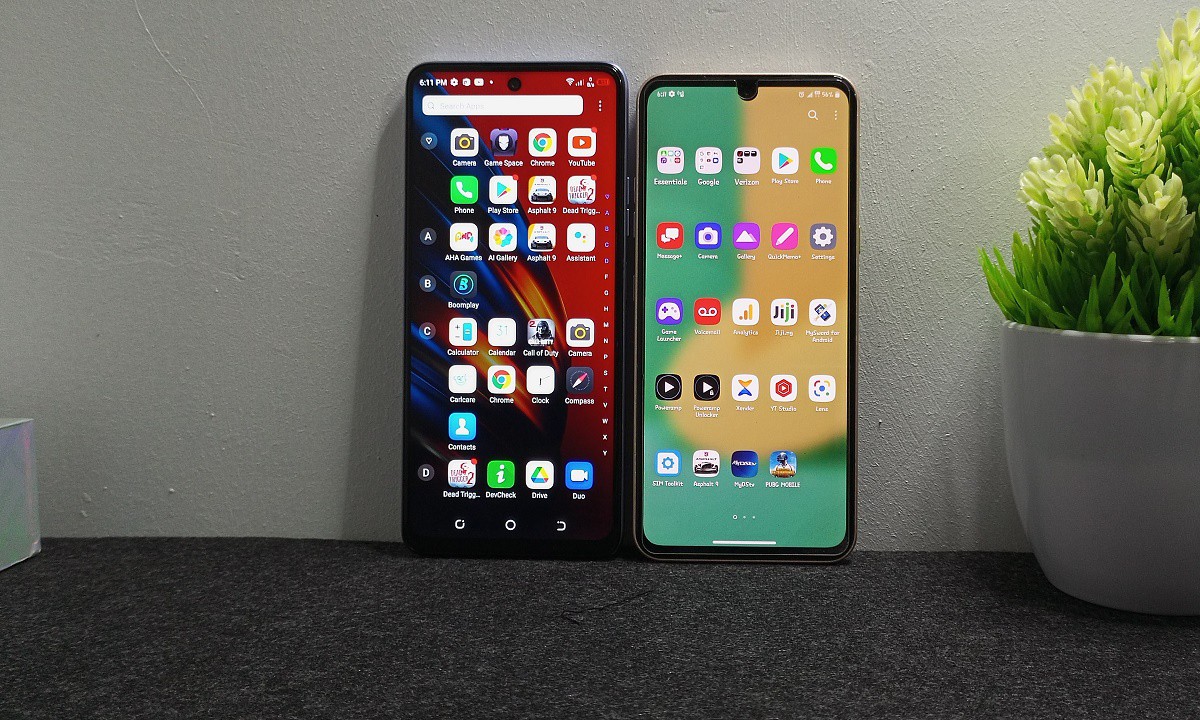
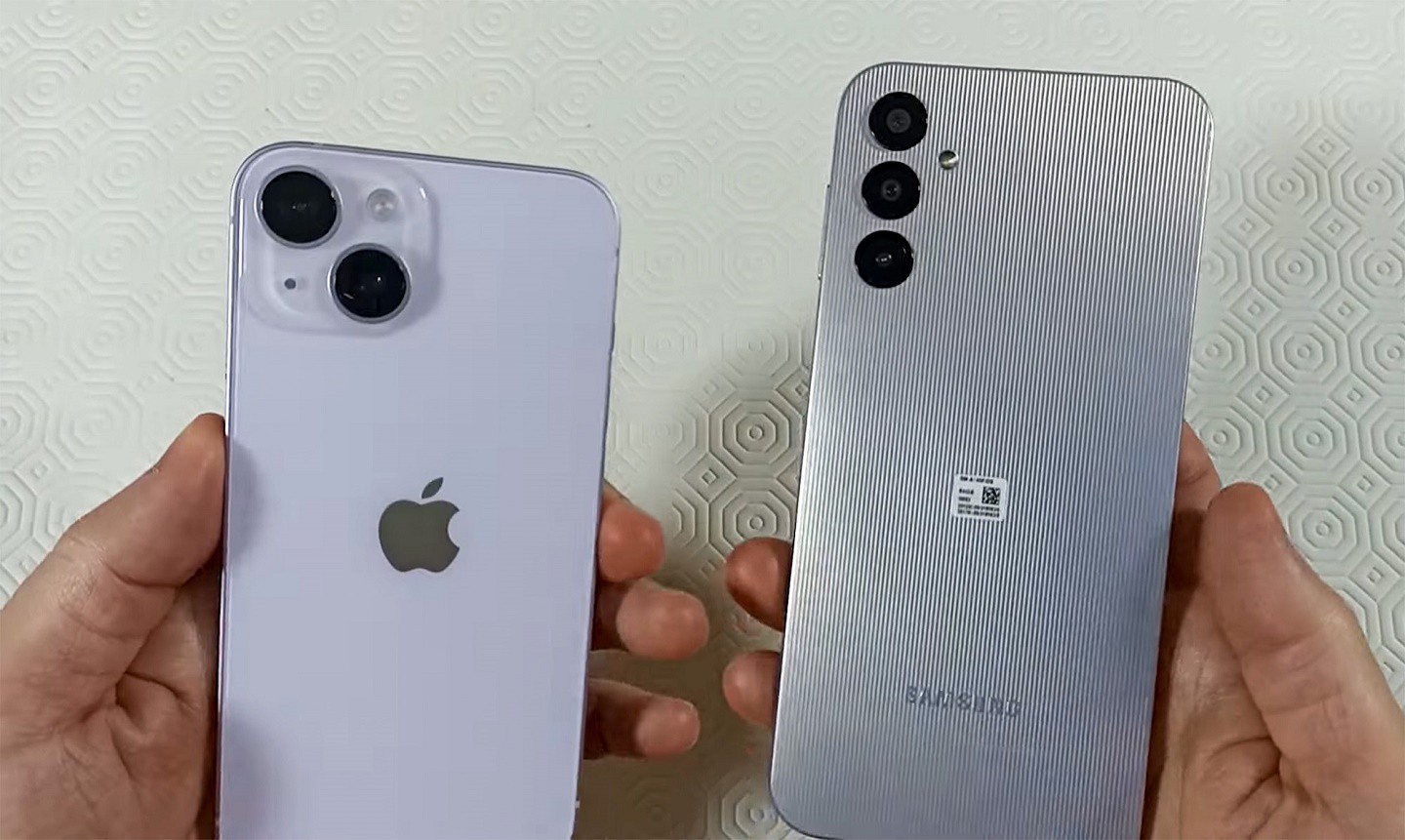
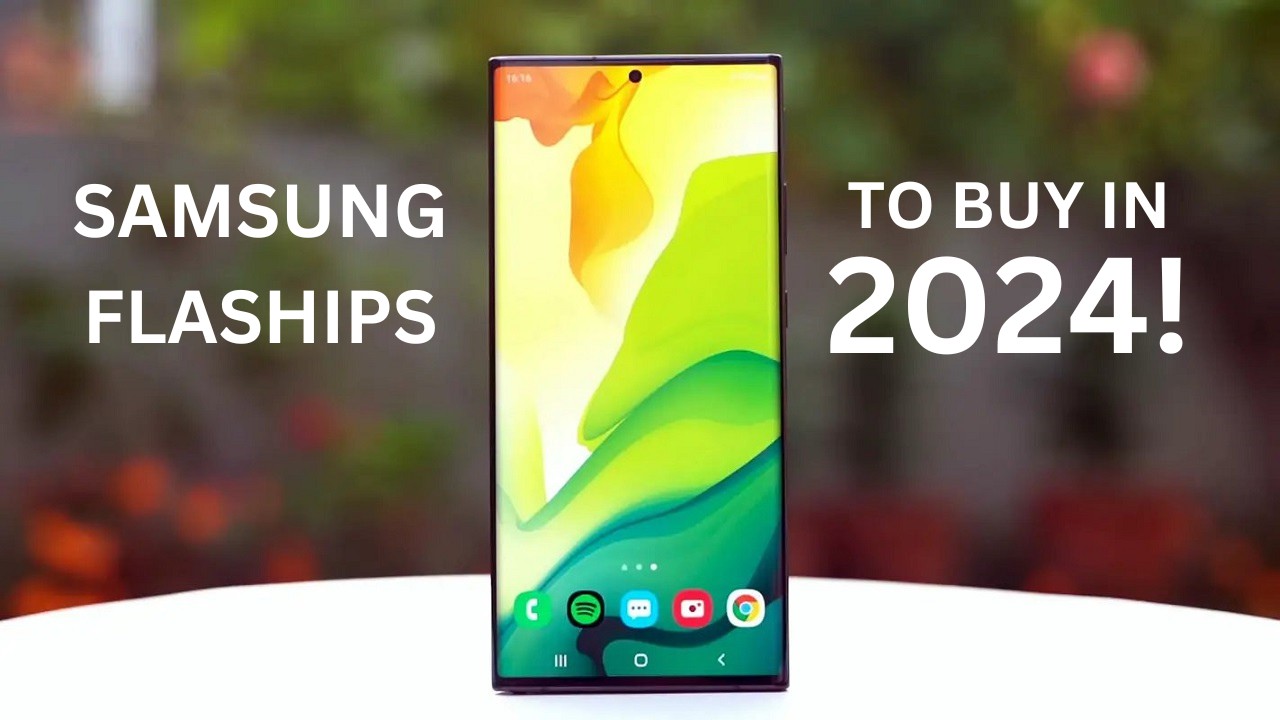
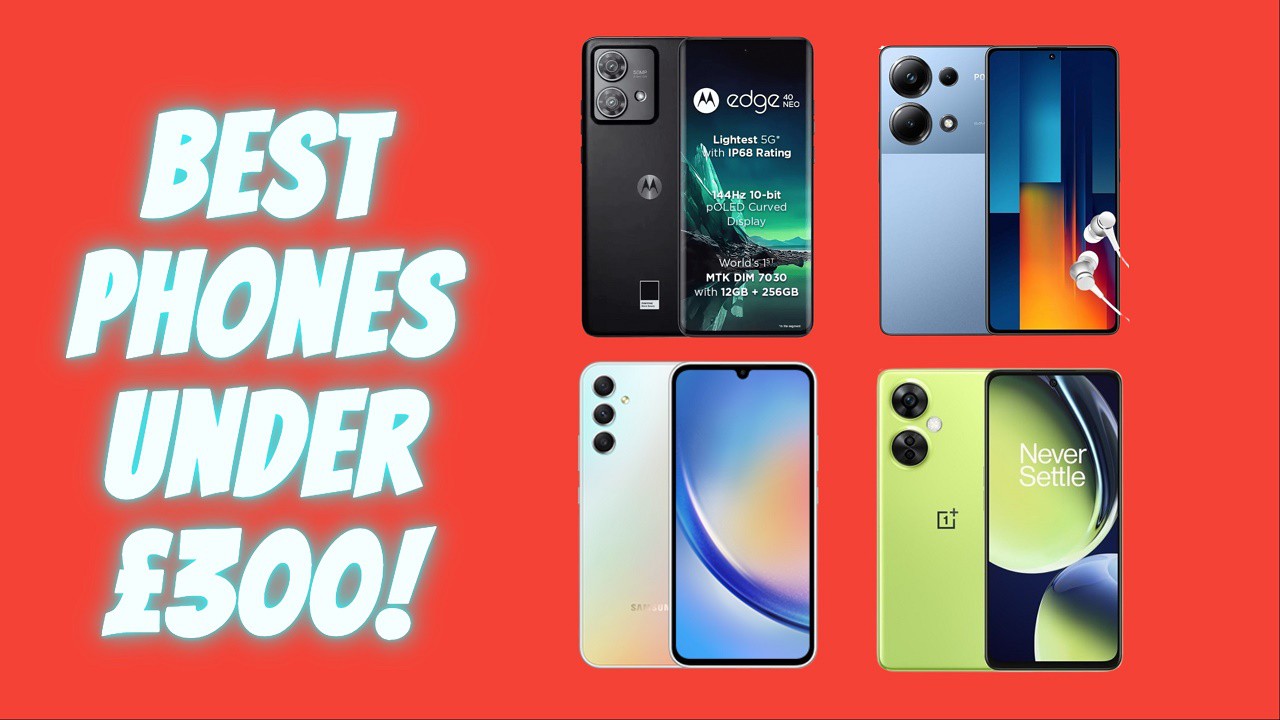
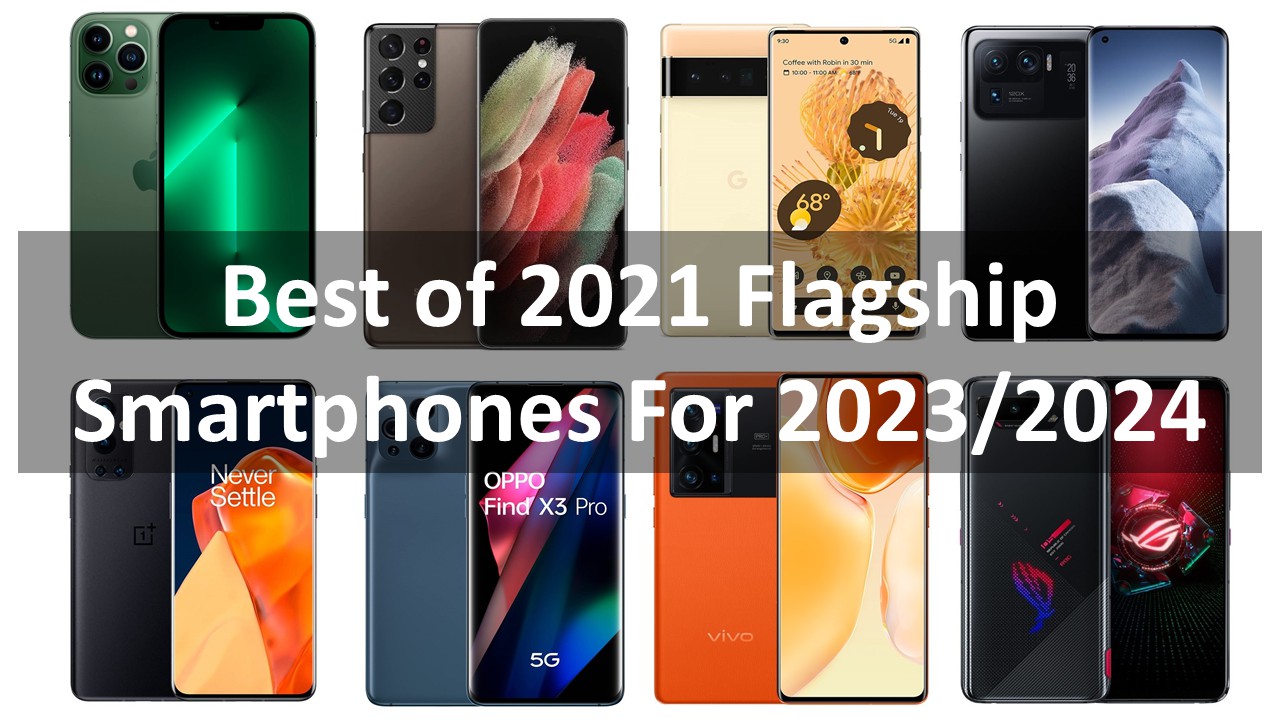
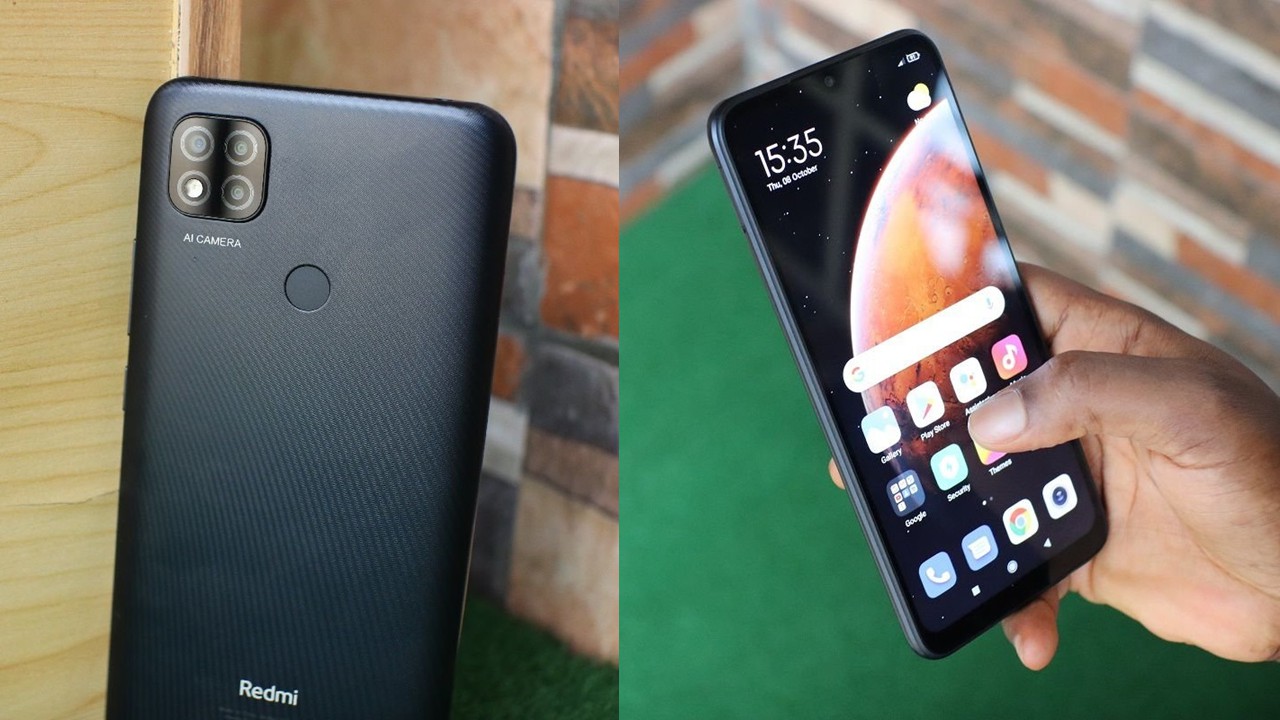

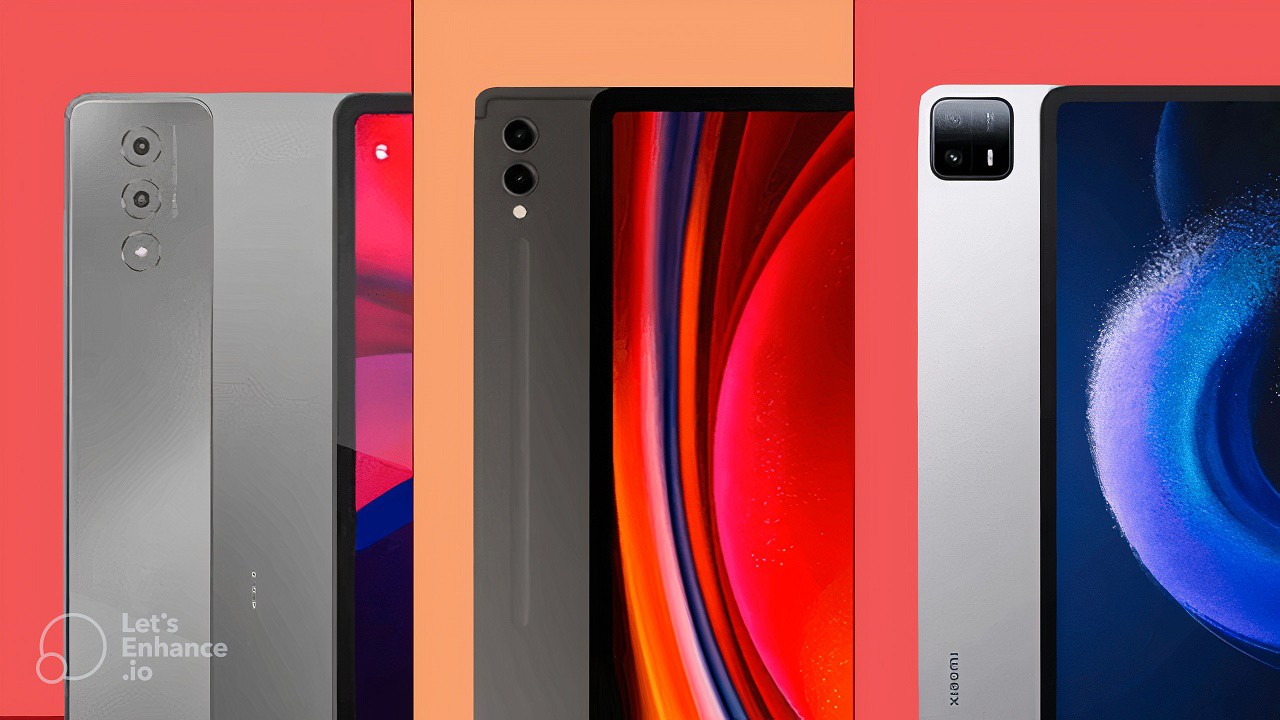
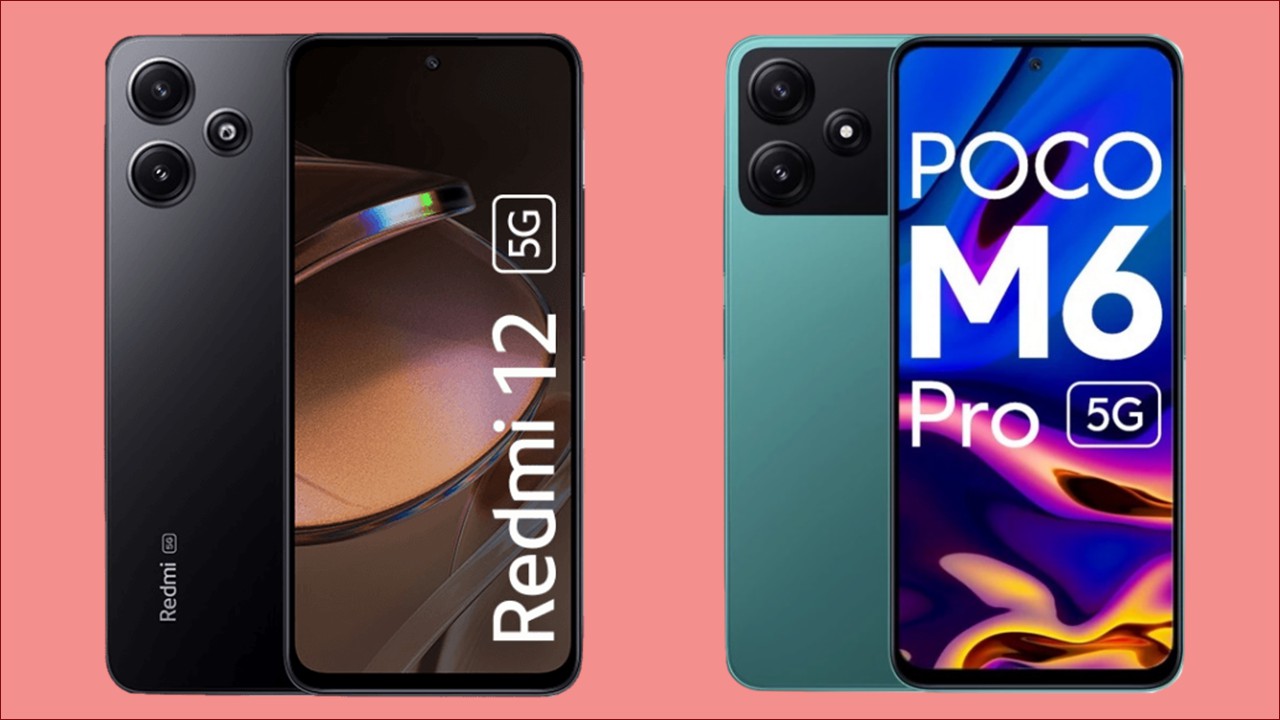
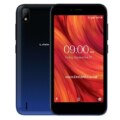
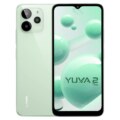

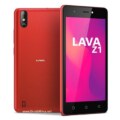
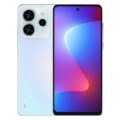
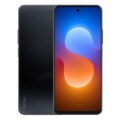
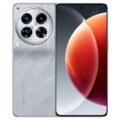
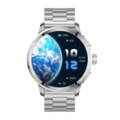
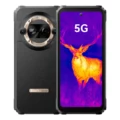
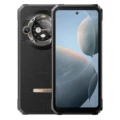
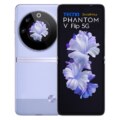
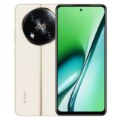

Leave a Reply